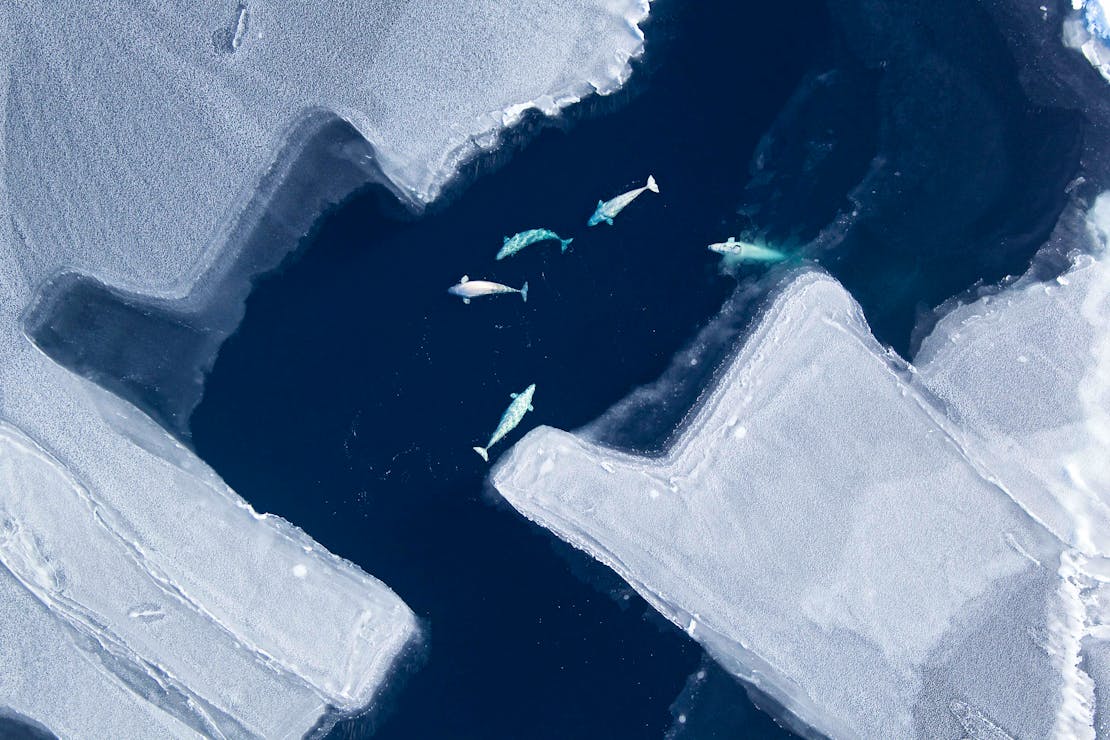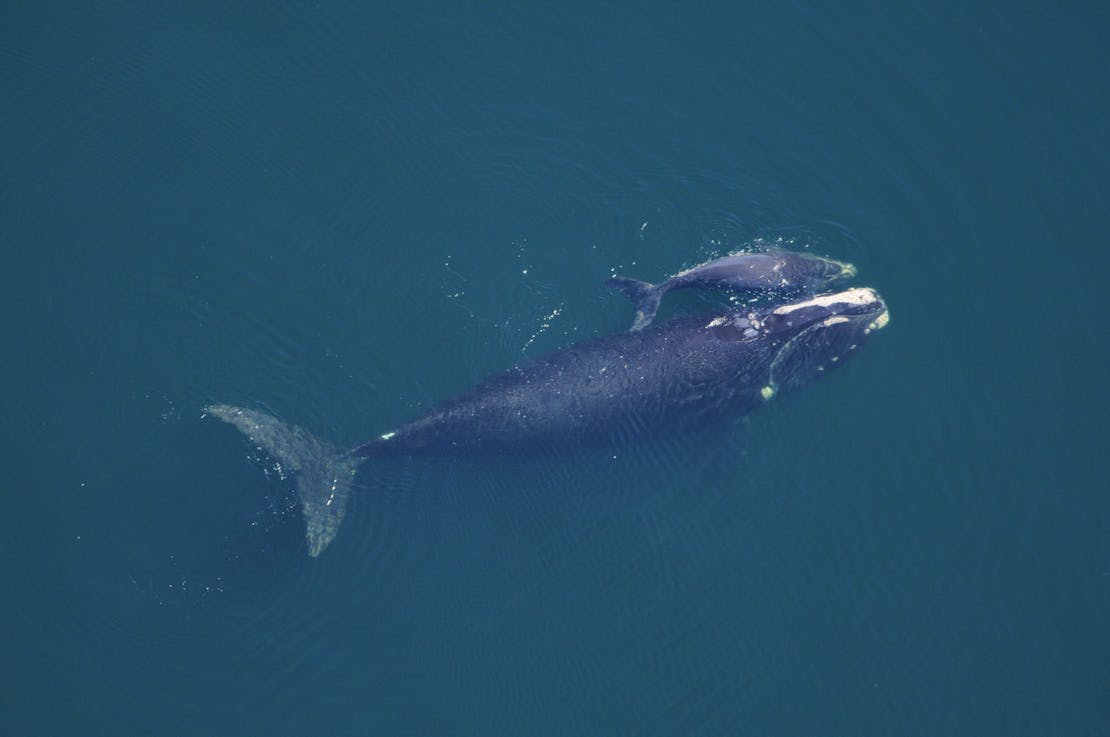Looking at my wall calendar, under the dramatic picture of a humpback whale swimming amongst ice floes (it is nearly midwinter after all), it announces that December 10 is the “Festival for the Souls of Dead Whales.” What is this festival? Is it some sort of “Day of the Dead” for whales?
It’s held every December to memorialize all the souls of the whales who died from whaling and other harmful man-made activities. Some say that it's an Inuit festival. Indigenous communities in the Arctic have a history of hunting whales (bowhead, beluga and narwhals in particular), going back several thousand years, and there are many cultural rituals associated with the subsistent hunt conducted by Indigenous Arctic peoples, to show respect and to give thanks to the spirits of the animals that have been killed for food. No one knows exactly how it started, but what we do know is that it serves as a poignant reminder of the impact that humans have had on these magnificent mammals.
Although people have hunted whales back into antiquity, it tended to be a relatively local, small-scale and often opportunistic activity. It wasn’t until the 11th century that whaling started to take off as a major enterprise, with hunting of North Atlantic right whales in the Bay of Biscay. By the mid-1500s, however, the right whale was almost locally extinct off the coast of Europe, and whalers traveled further afield to hunt right whales and bowhead whales off the Atlantic coast of Canada. In the 1600s, several European countries began to hunt bowhead whales in the cold waters of the North Atlantic.
Although Native Americans hunted small numbers of whales and marine mammals for food prior to the arrival of Europeans, in the U.S. it was Captain John Smith (of Pocahontas fame, or rather Amonute as she was actually called) who first found whales so plentiful along the Atlantic coast that he tried to hunt them for profit. By the 1680s, there was an active whaling industry in the U.S., primarily targeting North Atlantic right whales. Eventually, right whales and bowhead whales became so scarce that whalers instead turned to hunting sperm whales. The “yankee” whaling fleet rapidly expanded until the 1850s when cheaper kerosene became available, and the first oil wells drilled in Pennsylvania began the domestic petroleum industry. By this time, however, many of the known whale populations had been hunted to the brink of extinction, in particular, the North Atlantic right whale.
At the end of the 19th century, whaling companies started to explore the remote waters and islands around the continent of Antarctica, and discovered abundant populations of several large whale species in these polar waters, in particular blue, fin and humpback whales. However, the range of the whalers was limited to the waters around their island-based whaling stations. It wasn’t until 1925, and the launch of the first factory whaling ship, that the Antarctic whaling industry really started to expand. The whales were actually caught via smaller “catcher” vessels, but then were brought back to the massive factory ships for processing.
But there wasn’t a huge market for whale oil until 1929, when a new process was developed which could turn whale oil into palatable margarine (although whale oil margarine was available before this date, it tasted really fishy and rather unpleasant). This kickstarted the whaling industry again and vast numbers of Antarctic whales were hunted. Between 1900 and the end of the 1940s over a million whales were killed.
The whaling nations quickly noticed that their activities were seriously depleting some whale species and they came together to sign an international treaty to manage them, which eventually led to the formation of the International Whaling Commission (IWC) in 1946. The IWC introduced a whaling quota system and started banning whaling on some species that had been heavily depleted, like the bowhead (1931) and North Atlantic right whale (in 1935). Eventually the IWC voted to instigate a ban, or moratorium, on commercial whaling which came into effect in 1986. This was a major victory, which saved many species that were on the brink of extinction.
Over the 20th century, nearly 3 million whales were killed in commercial whaling. Many species were reduced to less than 5% of their historic numbers, and some species, like the blue whale, to an estimated 1% of their historic population size.
Thanks to the whaling bans, many whale species have started to recover. However, several species have not fared so well because other human activities are still killing them in large numbers.
The critically endangered North Atlantic right whale is currently down to just 340 animals—nearly a third fewer animals than a decade ago. However, it’s not whaling harpoons that’s killing them, but rather being hit by ships and becoming entangled in lobster pot lines. Climate change is also an issue as their habitat is changing and the whales are being forced to move to follow the plankton that is their main food source. Pollution is another stressor, with whales becoming entangled in discarded fishing gear, swallowing microplastics and other trash, and even underwater noise pollution drowning out their mating calls. Unless we take immediate action, we could see North Atlantic right whales go extinct within just two decades.
What We Are Doing
Defenders has been fighting in court to protect right whales from deadly entanglements in lobster pot lines. We also advocate for right whales as a conservation member of the Atlantic Large Whale Take Reduction Team, a stakeholder group that advises the U.S. government on how to implement fishery management measures to minimize or avoid the risk of deadly entanglements. In addition, we are working to promote responsible wildlife- and whale-friendly offshore wind development.
Help us to ensure that future “Festivals for the Souls of Dead Whales” don’t become a wake for the last few right whales.









